On a rainy Thursday in Jakarta, over 8,000 Sociolla customers received a flash SMS alert offering 20% off select skincare products. By 12:10 p.m., web traffic had tripled. Less than 24 hours later, a follow-up email landed in their inboxes – cleanly designed, product-focused, and personalized with recommendations based on browsing history. The conversion spike didn’t come from a single channel. It came from the right message, at the right time, on the right screen.
It’s a pattern playing out across global markets. With notification fatigue and rising acquisition costs, brands are rediscovering the power of email and SMS – two of the most overlooked but effective tools in the marketer’s arsenal. What’s different now is how they’re being used together.
According to Statista, ad spending in the SMS Advertising market worldwide is forecasted to reach US$809.05m in 2025. Email continues to dominate ROI metrics, delivering an average return of $36 for every $1 spent. But the real shift is strategic. Marketers are no longer siloing these tools. They’re orchestrating them.
In the US, Brooklinen sends a gentle SMS nudge 30 minutes after an abandoned cart, followed by an email packed with customer reviews and lifestyle imagery to rebuild interest. In the UK, ASOS primes audiences with SMS during peak sale periods, then follows up with immersive lookbooks that drive larger basket sizes. For Asian markets like Indonesia and Thailand, timing SMS around commutes or lunch hours and layering email content after hours is a high-conversion formula.
And increasingly, WhatsApp Business is becoming part of that mix. In regions where the app dominates daily communication, brands are using it to share order updates, personalized offers, and real-time service, bridging the immediacy of SMS with the interactivity of chat. In countries like India, Malaysia, and the Philippines, WhatsApp isn’t just a messaging tool. It’s a conversion channel.
What’s emerging is a model of engagement where immediacy and storytelling coexist. Consumers may not articulate it, but their actions show a clear preference: urgency on the lock screen, depth in the inbox – and conversation in the chat thread.
Data That Demands Attention
The performance metrics behind email and SMS are impressive.
Omnisend’s 2024 ecommerce report shows that automated emails account for just 2% of sends but drive 41% of all email orders. These messages see open rates of 42.1%, click rates of 5.4%, and convert at 1.9% – outperforming bulk campaigns across every measure. Automated emails like welcome, cart abandonment, and browse abandonment flows are particularly effective. Take Baking Steel, a U.S. brand known for its professional-grade pizza-baking surfaces. The company drives 33% of its total email revenue through automated messages, even though they represent just 2.3% of sends. Their cart abandonment series alone accounts for 27% of email revenue, while their welcome series delivers between $10 to $15 per email sent. It’s a clear example of how a small number of well-timed, behavior-based messages can punch far above their weight.
When paired with SMS, the impact grows sharper. SMS open rates hover around 98%, making it a high-visibility tool for time-sensitive nudges and transactional prompts.
Retailers are taking notice. In Southeast Asia, Love, Bonito enhances customer loyalty through LBCommunity+, offering perks like early access alerts and personalized styling sessions. While specific performance metrics aren’t publicly available, the brand’s hybrid approach – pairing SMS and email across loyalty tiers – has been widely recognized for deepening engagement and increasing repeat purchases among members.
The numbers tell a clear story. SMS delivers reach and urgency, while email drives context and conversion. Together, they’re not just a communications strategy – they’re an engine for revenue.
Speed Meets Substance
Brands are learning that velocity alone doesn’t drive results – it’s the balance between urgency and depth that converts.
Email and SMS each offer distinct strengths. SMS delivers speed, with nearly instantaneous open rates – ideal for alerts, reminders, and real-time nudges. Email offers space to tell a story, showcase visuals, and reinforce value.
Brooklinen, US-based home goods brand, effectively demonstrates this balance through its abandoned cart email strategy. The emails highlight free shipping, surface customer reviews, and feature clean product visuals, adding persuasion where a short-form message might fall short. The brand’s approach shows how reinforcing urgency with context can reignite purchase intent.

Image Credit: Active Campaign
Beauty Pie, a UK-based direct-to-consumer beauty brand, integrates email into its promotional ecosystem by offering exclusive perks to subscribers, including discounts and early access offers. These incentives drive sign-ups and build a permission-based channel for richer engagement.
While many brands continue experimenting with channel timing, the best results come when communication flows are mapped with intent – starting with immediacy and followed by storytelling.
Timing Isn’t Everything – Coordination Is
Hitting send at the right time is no longer enough. Today’s consumers expect connected experiences – where messages don’t just arrive on schedule but arrive with purpose.
Disjointed campaigns risk confusion or, worse, being ignored. According to Omnisend, brands that use three or more channels in a coordinated way see a 287% higher purchase rate than those using single-channel outreach. But coordination doesn’t mean duplication. It means sequencing messages across platforms in a way that feels human, not robotic.
Brands that succeed build journeys, starting with a short SMS that grabs attention and followed by a visual email that deepens the story. Automated triggers based on user behavior (like browse abandonment or wishlist adds) help ensure these touchpoints feel timely, not templated.
This shift from reactive timing to proactive orchestration pushes marketers to rethink their flows. It’s not about when a message is sent; it’s about how it fits into the bigger narrative.
Personalization That Pays Off
Personalization is no longer optional; it’s the standard. Brands that succeed use customer behavior as the blueprint for when, where, and how to communicate.
Brooklinen exemplifies this strategy by utilizing behavioral data to send personalized messages – welcoming new subscribers, reminding users of abandoned carts, and re-engaging inactive shoppers. Each email is optimized for timing and relevance, often highlighting customer testimonials and free shipping incentives to drive conversions. These flows are built to respond, not interrupt.
Personalization at scale means more than using a first name – it means designing communications that adapt to customer intent. The brands that get this right don’t just see better metrics; they build better relationships.
Inside the Inbox and Lock Screen
The real test of a campaign happens in seconds – on a lock screen swipe or an inbox scan. Successful brands know that getting the message seen is only the beginning. Getting it acted on is the goal.
Brooklinen’s cart abandonment email is a masterclass in the visual hierarchy: a clean header, compelling product image, a short reassurance (“Don’t worry, your cart’s still here”), and a call-to-action button with contrast and urgency. Paired with their SMS—“Still thinking it over? Your Brooklinen cart’s waiting…”—the combined impact is gentle and effective. No pressure, just presence.
Email marketers often focus on copy, but design plays just as critical a role. Omnisend recommends mobile-first layouts with clear CTAs, minimal text, and product visuals above the fold. For SMS, the best-performing messages are under 160 characters and feature clickable short links – delivered during peak engagement hours like lunchtime or early evening.
Though design elements may vary by region and industry, the pattern remains consistent: a visual hook, a clear message, and a frictionless path to action.
Whether it’s a text reminder to “Finish checking out before your 10% off expires” or an email showcasing reviews from people with similar purchase behavior, these touchpoints are designed to feel relevant in the moment. Not just another notification.
Lessons from the Brands Getting It Right
Some brands aren’t just testing SMS and email integration; they’re building it into how they communicate. And the results show.
Brooklinen has become a case study in lifecycle marketing. Their welcome flows introduce the brand’s voice with simplicity and style, often including a first-purchase discount and lifestyle imagery that reflects their clean aesthetic. Follow-up emails and SMS reminders – especially around cart abandonment – are personalized, brief, and supported by social proof. This multistep approach increases the likelihood of conversion without overloading the user.
Love, Bonito, a fashion brand based in Southeast Asia, strengthens loyalty through its LBCommunity+ program. Members receive early access notifications and personalized recommendations via email. While SMS is often used for time-sensitive drops, email delivers richer content – lookbooks, styling tips, and editor picks tailored to user preferences. It’s a strategy that respects both format and context.
Warby Parker, in the US, offers another strong model. Their abandoned cart emails pair sharp product imagery with service-driven reminders – like free shipping and easy returns. Meanwhile, SMS is used sparingly but strategically, such as to confirm appointments or alert customers when their in-store pickup is ready. The brand’s restraint adds to its impact.
Each of these brands succeeds not by doing more but by doing it better. Clear roles for each channel. Data-driven triggers. Messages that respect the medium and the consumer’s attention span.
Avoiding the Double Tap Trap
With nonstop notifications, message fatigue is real, and brands that overcommunicate are paying the price.
According to GetApp’s 2024 Digital Content Consumer Survey, 40% of U.S. consumers unsubscribe from brand texts and emails at least once weekly. Over half will unsubscribe if they receive four or more marketing messages from the same company within 30 days. The problem isn’t communication; it’s saturation.
Many consumers also see diminishing value in brand outreach. Nearly 49% of Americans say more than half of the emails they receive feel like junk, a perception that erodes trust and damages engagement.
The smartest marketers are now designing campaigns that avoid redundancy. A time-sensitive SMS may kick off a promotion, while email follows with more detail and imagery. Triggered automation ensures once a customer clicks or converts on one channel, the other backs off – preserving relevance without repetition.
Avoiding the double tap isn’t just about frequency; it’s about flow. Respecting your customer’s attention span is now a competitive advantage.
What Great Design Looks Like
In integrated campaigns, how a message looks can matter as much as what it says. Design is the first filter – especially on mobile, where space is limited and attention is scarce.
Omnisend’s benchmarks point to a consistent pattern: campaigns with a clear CTA, minimal text, and mobile-optimized visuals significantly outperform cluttered or text-heavy alternatives. For SMS, the highest-performing messages stay under 160 characters, often including a short, trackable link and a clear sense of urgency – whether it’s “Last chance: 20% off ends tonight” or “Your order is ready for pickup.”
On the other hand, emails benefit from layered content – clear headers, bold product imagery above the fold, and buttons that pop. Brooklinen’s campaigns frequently use short copy and soft color palettes that echo the brand’s tone. Beauty brands like Glossier and Love, Bonito often lead with visuals, letting product photos and user-generated content do the talking.
The golden rule is design for the scroll. Whether it’s a swipeable message or a mobile inbox preview, every pixel counts. Alignment between email and SMS design – through tone, color, and CTA language – helps reinforce the message without repetition.
The most effective campaigns don’t just look good. They work hard in small spaces – and stay out of the way once the job is done.
The Tech That Ties It All Together
Smart strategy means little without the infrastructure to support it. Behind every well-timed message and seamless customer journey is a stack of tools built to automate, segment, and adapt in real-time.
Marketers are increasingly turning to platforms that integrate email and SMS – allowing for centralized data, unified campaign flows, and cross-channel automation. Brands use technology to sync customer behavior across touchpoints, trigger messages based on actions (like page views or cart additions), and suppress redundant sends if a user has already converted.
This orchestration isn’t just efficient; it’s essential. With third-party cookies phasing out, first-party data has become the lifeblood of personalized marketing. Integrated platforms offer a direct line to user behavior, purchase history, and channel preferences, helping marketers reach the right audience without overstepping.
Brooklinen’s flows, for example, are powered by behavior-triggered automation that adjusts timing and content depending on customer interaction. Meanwhile, Glossier leverages its CRM system to send personalized messages to loyalty members based on engagement tiers and product affinity.
Tech isn’t the show’s star – but it’s what keeps the spotlight aligned. Without it, even the best creative and messaging strategy risks falling flat.
Final Send-Off
Consumers aren’t just scrolling; they’re actively filtering. Every ping, preview, and push competes for attention in a space where attention is finite.
The brands winning today aren’t louder. They’re smarter. They know when to text and when to email. They automate without sounding robotic. They build systems that talk to each other so their messages don’t overlap – or get ignored.
As marketing budgets tighten and customer expectations rise, the margin for error shrinks. SMS and email, when used in sync, offer rare precision: fast, personal, and measurable.
The smart play isn’t about choosing the right channel. It’s about connecting them, and knowing when to pause.
Get regular insights
Keep up to date with the latest insights from our research as well as all our company news in our free monthly newsletter.






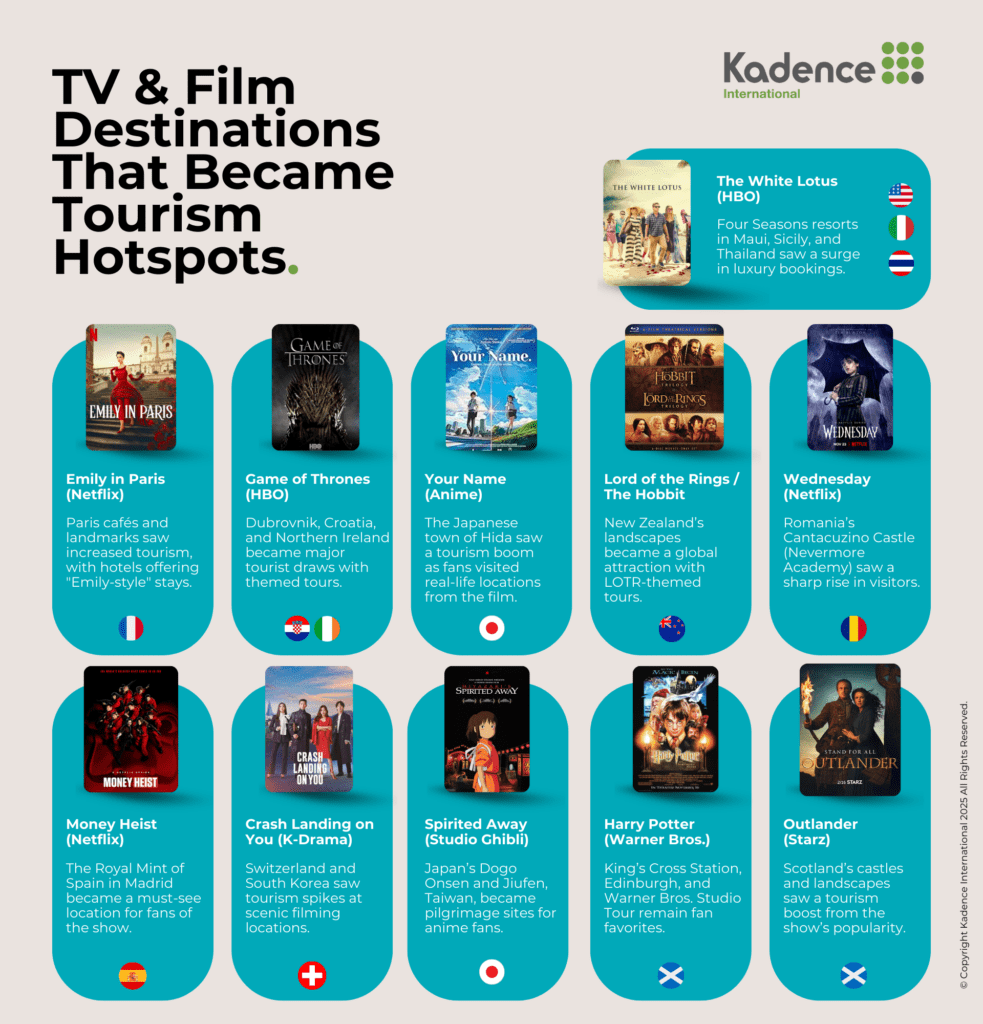












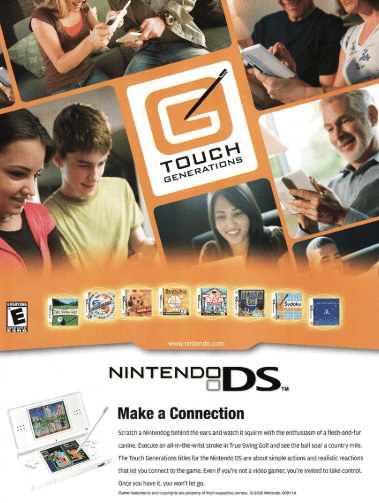






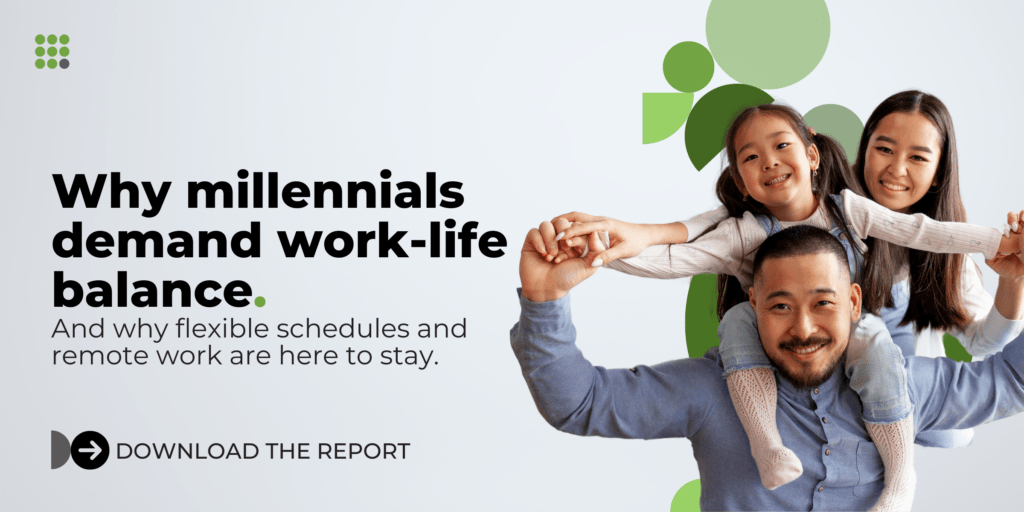

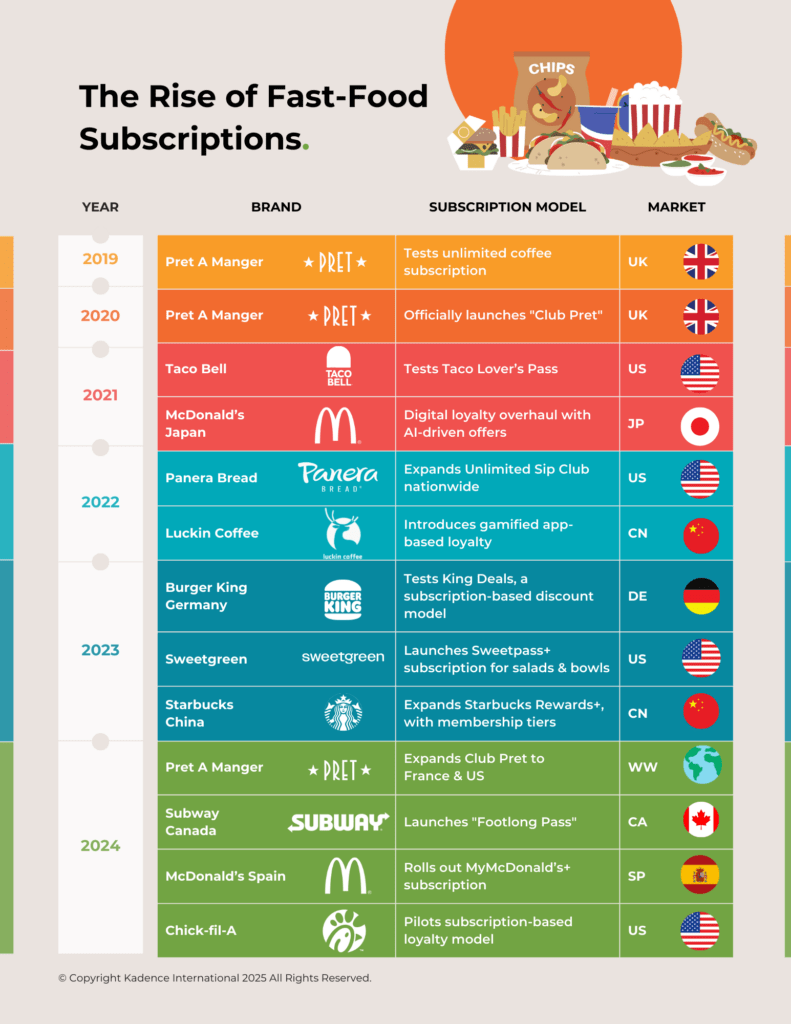

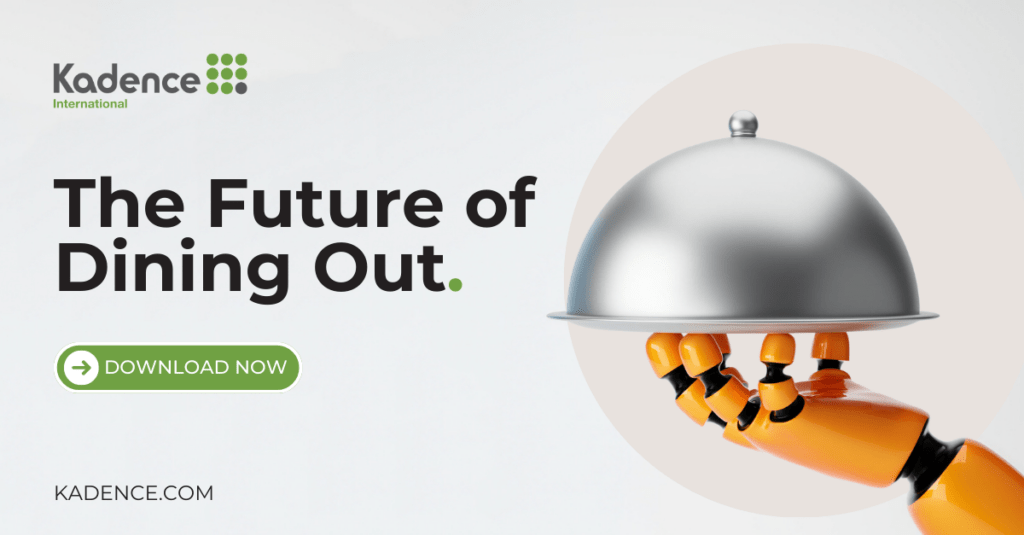
 Senior Marketing Executive
Senior Marketing Executive Sales & Marketing
Sales & Marketing General Manager PR -Internal Communications & Government Affairs
General Manager PR -Internal Communications & Government Affairs Vital Strategies
Vital Strategies
 Customer Intelligence Director
Customer Intelligence Director